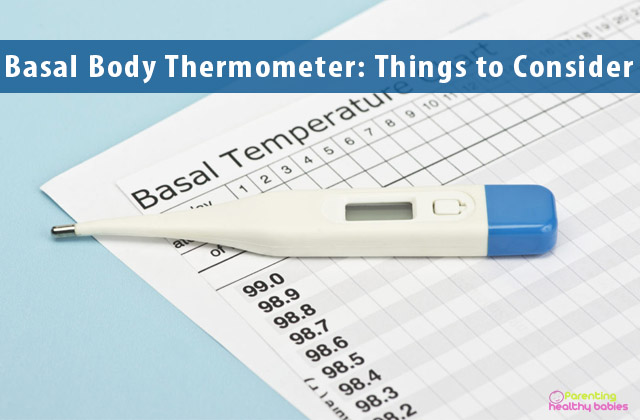Pregnancy is a different experience for every woman. Different women face different kinds of complications in different ways. Out of all these complications, there is the complication of this external placenta known as anterior placenta. In this article, we will discuss everything that is there to know about it.
What is anterior placenta?
The fertilized egg which will grow to become your baby travels along the fallopian tube and embeds itself along the uterine wall. The placenta forms wherever this egg is embedded – along with the top, sides or in the front and back wall of the uterus. When the egg embeds itself along the front wall of the uterus, it forms an anterior placenta. You will know if you have an anterior placenta pregnancy during the ultrasound scan performed around the 20th week of the pregnancy.
An anterior placenta baby is just as safe as any other baby as its development is not impacted in any way. An anterior placenta pregnancy does the job of nourishing your foetus.
Anterior Placenta: Facts, Complications and Precautions
Facts about an anterior placenta
All positions along the uterine wall are normal sites for the development of the placenta. Placental health and the development of the baby does not depend on its placement. Therefore, it is not a problem to have an anterior placenta.
- A pregnancy with an anterior placenta can provide a cushion between your baby and your abdominal surface. This makes it a little difficult to register the first movements of the baby.
- In cases where foetal movements are not felt, even at the 23rd week, going for a foetal health assessment reassures mothers.
- Having an anterior placenta can also mean that there are fewer strong movements felt in the second trimester, compared to pregnancies where the position of the placenta is elsewhere.
- Despite its location close to the surface of your abdomen, an anterior placenta does not pose any additional dangers to the health of the foetus. This is because there are many layers – the thick uterine wall, abdominal muscles and fat that insulate it from the exterior world.
- Birth complications caused by an anterior placenta are few. It is only when a c-section is required or when the placenta is placed low on the uterine wall that birth complications may occur.
- The placenta travels over the course of pregnancy and it is possible that a low-lying placenta will move into the upper part of the uterus and cause no complications by the time of delivery.
Complications in pregnancy due to an anterior placenta
An anterior placenta does not in general present any complications during gestation. However, it might seem vulnerable and prone to complications because of its position. This is the exception rather than the rule. The placenta, being a vascular and blood-rich organ, means that any tearing, rupture, cutting or needling poses the risk of excess bleeding. Some of the anterior birth complications are:
- An anterior placenta can pose complications during delivery if a caesarean is required. The anterior placement could make incision placement more complicated or may result in more bleeding during the delivery.
- Complications are faced during needle positioning during amniocentesis. This includes risks of seeding, bleeding, and tears in the membrane.
- An anterior placenta poses the chance of complications like posterior presentation and back labour which causes severe back pain and painful contractions during labour.
- An anterior low-lying placenta has a chance of complications like placenta previa. This may partly or completely block off the cervix, necessitating a caesarean.
- Placenta accreta is a complication faced when the anterior placenta grows over the site of the old caesarean scar and the placenta grows into, and through, the wall of your uterus.
Precautions to take while having an anterior placenta
Many pregnancy self-help sites and books teach techniques to make things easier during delivery for expectant mothers, which can be summarized as points for placental and mental health some of the anterior low-lying placenta precautions include:
- Eat well – A well-nourished placenta is a healthy one.
- Drink a lot of fluids – your placenta needs fluids to process all your growing foetus’s waste products.
- Find an exercise with inversions and a stretching plan ideal for you through your pregnancy and try to stick to it.
- Stop worrying – The worst-case scenario is not the most likely to occur. Before you assume the worst, write down your symptoms that indicate this scenario and find out if the symptoms match your fears.
- Do not abuse your body with stress, overwork, alcohol, drugs and over or under eating.
To conclude, having an anterior placenta isn’t a problem unless things get complicated due to certain underlying reasons. It is always better to get things checked by a doctor, if things don’t get better.
References
https://journals.plos.org/plosone/article?id=10.1371/journal.pone.0207061
https://www.ncbi.nlm.nih.gov/pmc/articles/PMC3935544/













